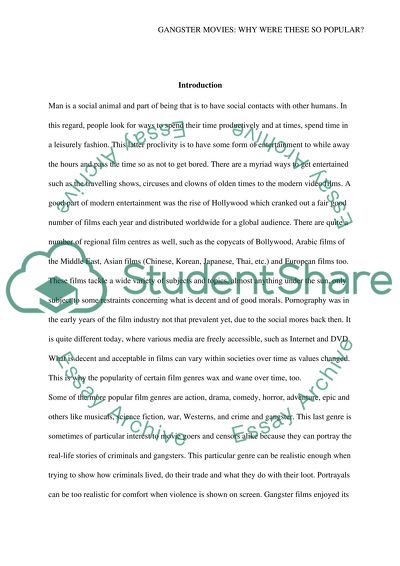Cite this document
(“Why Were Gangster Films So Popular in the 1930s Essay”, n.d.)
Retrieved de https://studentshare.org/visual-arts-film-studies/1444398-why-were-gangster-films-so-popular-in-the
Retrieved de https://studentshare.org/visual-arts-film-studies/1444398-why-were-gangster-films-so-popular-in-the
(Why Were Gangster Films So Popular in the 1930s Essay)
https://studentshare.org/visual-arts-film-studies/1444398-why-were-gangster-films-so-popular-in-the.
https://studentshare.org/visual-arts-film-studies/1444398-why-were-gangster-films-so-popular-in-the.
“Why Were Gangster Films So Popular in the 1930s Essay”, n.d. https://studentshare.org/visual-arts-film-studies/1444398-why-were-gangster-films-so-popular-in-the.


